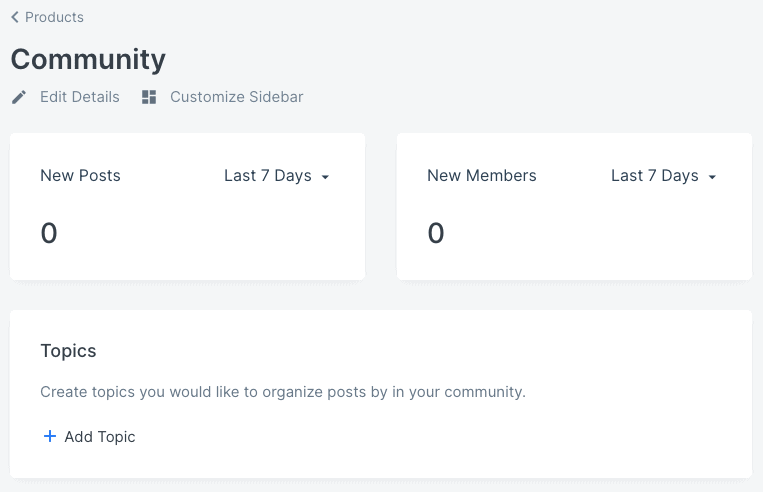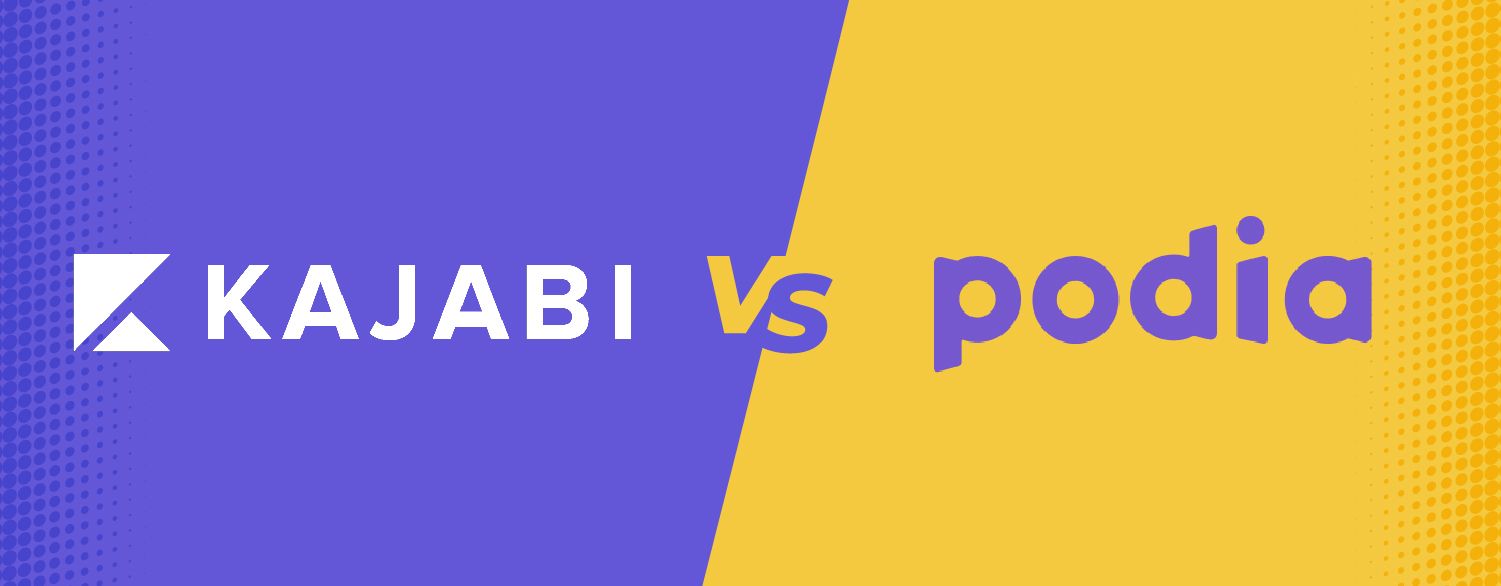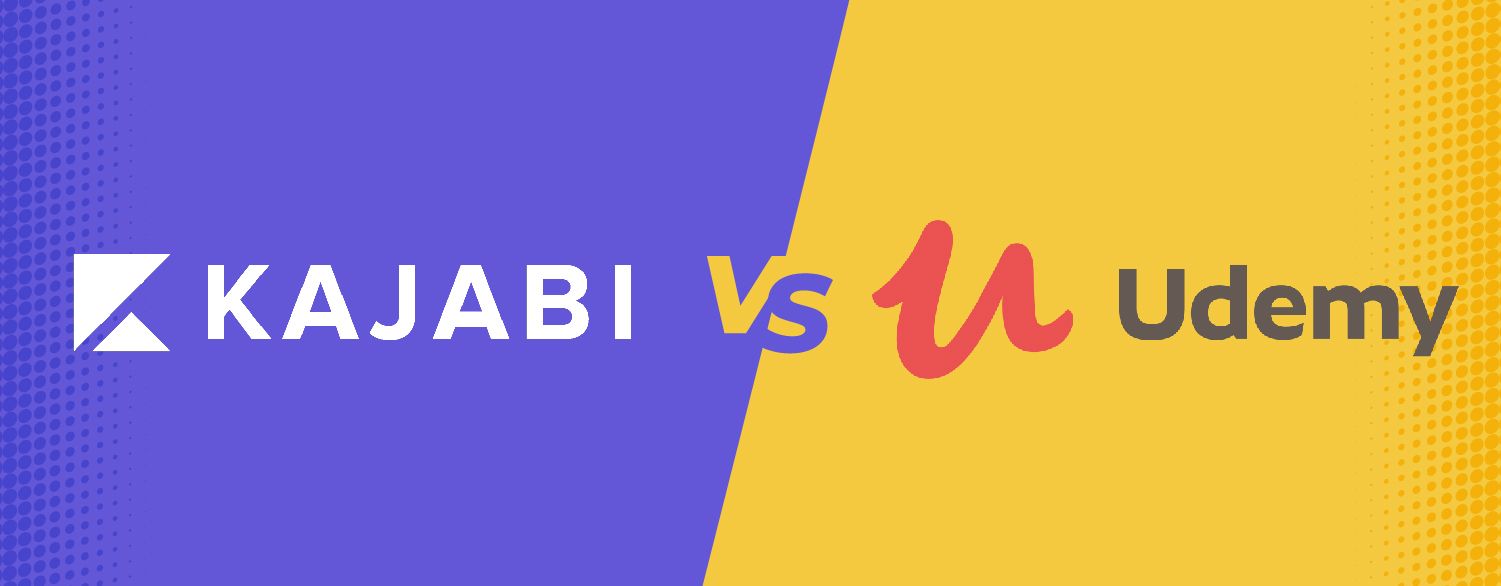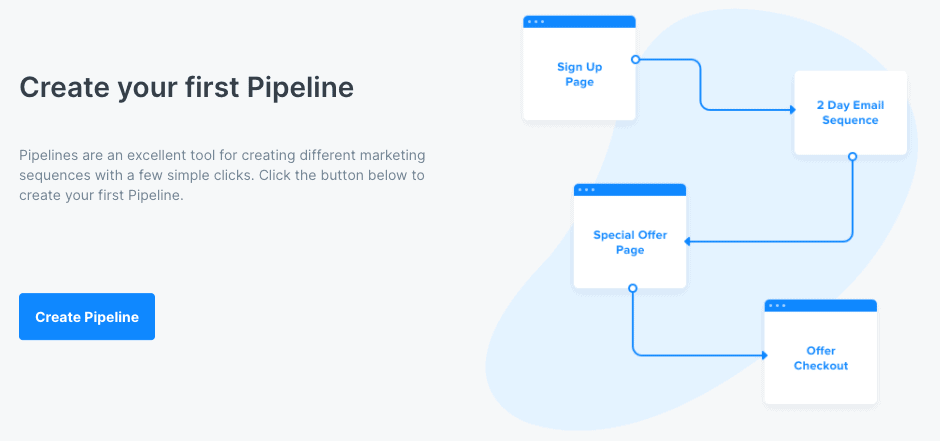Currently, the online education industry expects to soar beyond $241 billion by 2022. The global e-learning market continues to experience rapid development. This growth is brought about by increased accessibility and cost-effectiveness of learning and training initiatives.
So what does this mean to you? Kajabi vs Clickfunnels

One of the best ways to capitalize on right now is to share your skills through online classes.
When choosing the best online course suited for your needs, one of the most critical things to understand about them is that not all are made for marketing online courses.
In deciding a platform, it is hard to shake that nagging thought on the back of our minds,” Is this the best online course platform for me?”
From choosing a product to market to building your internet presence, establishing an online business can be a daunting thought and process. It’s more than simply uploading a movie and waiting for the pupil to pop up. It requires you to build a curriculum, develop assignments or goals for students to do, design the course pages, and more.
Helpful tools for creating sales pages, emailing your customers’ and doing all kinds of marketing activities are what superior platforms will provide. Others will provide you support and education on how to effectively market your course.
So, for this guide, we will examine how Kajabi stacks up against five other online learning platforms to help narrow your choices.
For those of you who like to watch things rather than read them, you can check out this video by Lane Sebring from his YT channel, where he will give you a video review. You will want to read the rest of the article afterward for a comparative analysis of Kajabi’s competition
> > Interested in a Kajabi Free Trial? Click Here < <
Kajabi vs Teachable

Basically, both platforms can offer the software you need which allows you to market and run online classes. Both have easy-to-use interfaces, and just about all features they provide can be readily accessible. They also use Wistia, among the best video hosting software.
Here’s a gist of what sets the two apart.

Teachable focuses on online course creation in which you can also create memberships. In fact, it allows you to make unlimited courses in their own plans. You can also have unlimited students enroll in your classes. While memberships are provided in Kajabi, even with the plan upgrades, there are limits on the number of students and classes.
Think about Teachable if you have a marketing site, sales funnels, automated marketing campaigns, and everything else taken care of. It is an superb lower-cost alternative that’s almost 3 times more economical than Kajabi. It does come with 10% transaction fees.
It provides better course compliances and certification courses. This makes it appealing for people who are looking for academic course hosts. It does not include lecture-specific automation, though, which is a characteristic of Kajabi. You can set an automatic email to be sent to the student, for instance, as soon as they finish with a specific lesson.
If you’d like a more robust course content and a higher level of organization, select Kajabi. If you’d prefer a simpler structure, either of the two will be adequate. Kajabi vs Clickfunnels
If you’re searching for engagement tools and a more interactive learning experience, Kajabi has communities, assignments, and evaluations. Teachable has a comments feature. There’s also a market accessible Kajabi itself, such as that of Udemy or Skillshare. Teachable doesn’t.

Therefore, consider Kajabi if you’re searching for an all and one-stop-shop platform. Kajabi is for users seeking to house each of their businesses under one umbrella. Landing pages and affiliate marketing attributes. Now, it will come with a hefty price tag. But, with its attributes built, you don’t need to worry about hacking together or learning third party tools with Kajabi. You’ll find that the essential features that you need for your company are in Kajabi.
Kajabi vs Podia

The key difference between Podia and Kajabi is their intended market. Podia is more concentrated on solo entrepreneurs and course creators. Kajabi focuses on small-to-medium businesses.
Both platforms offer powerful features for creating, marketing, and selling online courses. They have excellent course creation tools and fantastic customer care and training. They also position themselves as an all-purpose platform for online business.

So if you’re just beginning, Podia may be an adequate base for your business. It has a couple of sales and marketing tools also. However, Kajabi’s collection of marketing tools are its best feature. In spite of the lowest Basic Plan at $149/month, you get access to unlimited advertising emails, unlimited sales/landing pages, pipeline builders, templates, blueprints, and automation. Kajabi delivers a strong option for people who are only building their online business. These features help enhance your company and make it possible for you to focus on other aspects. Additionally, it works well for established companies searching for a needed boost.

The two Kajabi and Podia have useful web building tools for creating a wide selection of pages. A massive advantage of both is they’re hosted, so you don’t have to worry about paying for a separate hosting service.
Podia provides support by with an extensive education library that is like Kajabi University. Users can benefit from the extensive library of integrations that both platforms offer. Although, you don’t need to use any integrations at all with Kajabi as what you need is already built into the platform. With Podia, this is a good thing considering that its email and marketing features are thin. It makes up for shortcomings along with other regions in the system.
Needless to say, there are many more contextualized differences between the two platforms. Look at what your company needs and assess which features are crucial for you. This can allow you to find a platform that will make a massive difference with your organization.
> > Interested in a Kajabi Free Trial? Click Here < <
Kajabi vs Thinkific

When it comes to the sheer number of features offered, Kajabi wins this down, hands down. Not only does it have more features than Thinkfic, but you also get access to a wider set of tools for an affordable price.
Kajabi was created with advertising and ease of use in mind. It’s easy to see how you can use Kajabi for more than just course creation with its features. Kajabi vs Clickfunnels

Needless to say, Thinkific does have an edge over the amount of courses and products you can have. You can host an unlimited number of courses and have an unlimited number of students sign up under each course with its paid plans.
The same can’t be said for Kajabi. Kajabi’s highest subscription (Pro Plan) runs at $399/month. It only allows 100 products and up to 20,000 active students.
Thinkific’s unlimited volume and pupils at even the lowest-paid plan permit the user to create as much course content as they can.

Both platforms are easy to use. While there may be a learning curve to site building, it is a really intuitive process. You’re given a custom domain name. Although you’d have to pay a greater plan to eliminate company branding from your domain name.
While they are similar at the ease of use aspect, Kajabi offers more customizable plans and layouts. Thinkific only offers three, and it’s less customizable.
You can’t create a blog, use email marketing and build out sales funnels with Thinkific. These are some advantages that Kajabi has over Thinkific. In contrast, Thinkific’s marketing capabilities are somewhat limited.
If you’re on a tight budget and beginning, Thinkific may be a good fit as Kajabi is one of the priciest platforms on the market. But while first costs with Thinkific may be lower than Kajabi, you’d have to consider the costs of having to use third-party tools and transaction fees in the future.
> > Interested in a Kajabi Free Trial? Click Here < <
Kajabi vs Udemy

So who hasn’t heard of Udemy? Udemy is a marketplace for online learning with over 100,000 Udemy courses offered for students. Meanwhile, Kajabi is a business platform. Kajabi provides its users the tools they need to build their course website. Udemy allows creators to upload their classes to an existing market where students can purchase them.

A stark difference between the two can be found in its price gap. It’s totally free to upload courses to Udemy while Kajabi’s Basic Plan starts at $149 per month. Kajabi is on the pricier side, but it offers extensions, plug-ins, hosting, and domain name, among other things. Although it’s totally free to upload a course to Udemy, it takes 50% commission from each course you sell. Kajabi offers 100 percent of the total generated revenue to the user with no transaction costs on sales. So you’d need to determine which deal seems better for your company.
Udemy doesn’t give creators access to marketing tools, although they do have some advertising choices. Udemy will push your content using its network of affiliate partners if you sign up for its Marketing Boost Program. There is also what they call “Instructor’s coupons,” which users can provide to their students to buy courses at a discount. It is used by a few as a marketing advantage to funnel students to their main course site.
An issue that Udemy has is that everyone can teach. It may sound confusing but hear me out. Because it is totally free to upload any course into Udemy, it leads to many low-quality courses being uploaded into the marketplace as well. Now, all one must do is avoid the courses with many negative ratings, naturally. Due to Udemy’s much broader course catalogue, you’d need to work out a marketing strategy to put your course out there.
Kajabi is a standalone platform that comes with web-building tools and marketing tools. Its best features are email automation and pipeline builder. When picking a platform to start an online course business, Kajabi gives you the tools to make your website, manage and participate with students and run advertising campaigns all from the same platform. Kajabi vs Clickfunnels
> > Interested in a Kajabi Free Trial? Click Here < <
Kajabi vs ClickFunnels

Clickfunnels and Kajabi are equally powerful marketing platforms. Both have many features in common like landing page editors, pipeline contractors, CRM systems, and email automation tools. These two are great contenders if you’re trying to streamline.
Both platforms are super simple to use. In their web-building tools, they feature an easy drag-and-drop editor. They also have a broad assortment of customizable templates to use. It’s intuitive and simple to manage. You won’t have to touch a line of code.
So what sets them apart from one another?
Both platforms highlighted helping creators monetize their products. While Kajabi focuses on electronic entrepreneurs, Clickfunnels extends to a much wider net and supplies for physical products as well.
Which products do you provide? If you are offering a digital item, Kajabi has overall more functionality with its web-building tools and online course creation. If you will deal with physical products, Clickfunnels would be a suitable option.
Both Kajabi and Clickfunnels possess the pipeline builder and sales funnel as major features. But everything is based on creating a robust funnel inside Clickfunnels. There are no templates, training, or more resources for creating digital products. On the other hand, Kajabi has more functionality than Clickfunnels. It has a web-building tool and an internet course creation tool.
Now, both platforms excel in what they are intended to do.

Both have a wide suite of automation and marketing tools. Both are fantastic platforms for marketing your digital and physical products. Kajabi is for digital entrepreneurs who prefer a one-stop-shop for their online business. Clickfunnels is more of a scaled-down tool focused on marketing automation and processes.
If you sell physical goods and are comfortable with some degree of custom coding and incorporating third party solutions, you can go with ClickFunnels.
If you are more about content creation without any difficulty, I recommend Kajabi. It is a platform that offers the vital tools you need for your company.
The Last Verdict Kajabi vs Clickfunnels
Overall, Kajabi is the best choice to make if you’re looking for an all-in-one platform that provides, to name a few, a company website, classes, pipeline builders, and email automation, particularly if you’ve never run an internet business before. It aims to simplify the process as much as possible by providing support through its various sales, delivery, and marketing features–all in 1 place.
All the platforms mentioned offer something that business owners are able to think about. You can make the decision easier for yourself if you’ve sorted out your specific needs and priorities.

